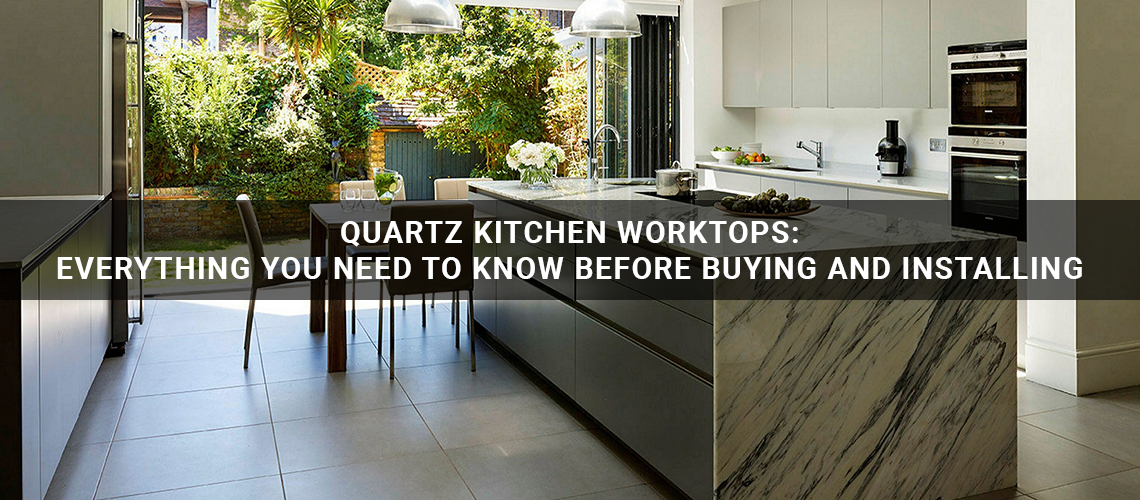Quartz is one of the kitchen worktop materials growing the fastest, and more and more homeowners and interior designers like it. Why? Because it comes in many different styles and patterns, is very durable, needs little maintenance, and is easy to clean and keep up. We get a lot of questions about the material itself when it comes to our Quartz Kitchen worktops London. We’ve posted an infographic with answers to some of the questions we often get asked.
The material from which quartz surfaces are constructed
Quartz is often found in volcanic rocks, rocks that have changed shape, and sedimentary rocks. Quartz is one of the hardest things in nature, so the weaker minerals around it will weather and break down more quickly. So, quartz is still the most common mineral in worn sedimentary systems like beaches.
Due to changes in technology, quartz surfaces may look like they came from nature, but they are made. To be useful, it needs to be mixed with resin or binders to make a fake stone that is scratch, heat, stain-resistant and very durable.
Quartz can make up anywhere from 90% to 95% of a quartz kitchen worktop. For example, CRL Quartz is a high-quality surface made of 93 per cent real quartz, 7 per cent polymers and resins, and different pigments for colour.
When the resin hardens, it makes polymers, long chains of molecules that repeat. If there is more resin in the slab, it will be less scratch-resistant and have more holes. If there is too much quartz in the slab, it will be more fragile and less stable. It is very important to find the right ratio so that clients can get the most out of their beautiful engineered stone for kitchens and bathrooms.
There are many ways to make quartz countertops.
In 1963, a business in the Italian region of Breton in the country’s northeast came up with the idea of engineered stone. The method was then licenced by more than 50 other companies worldwide. Even though manufacturers have added their personal touches, the way quartz kitchen worktops are made has stayed the same.
Each part is checked by quality control before any work is done on CRL Quartz surfaces. Raw quartz is crushed and mixed with polymer resin in industrial mixers.
After being mixed well, it is poured into a mould on a counter. After the air is sucked out, the mixture is crushed into slabs by 100 tonnes of force. The quartz is heated to very high temperatures in an industrial oven, which hardens the mixture into a strong surface. During curing, the slab gets stronger and less likely to stain. The slab is then polished until it shines like a mirror to finish the look. Each slab is carefully checked for quality before it is packed and sent out. We provide you with the best cheap quartz worktops.
